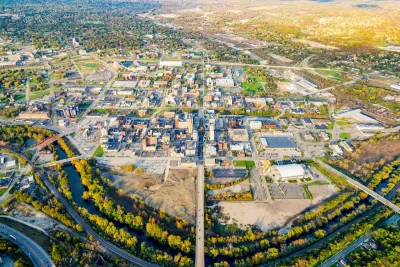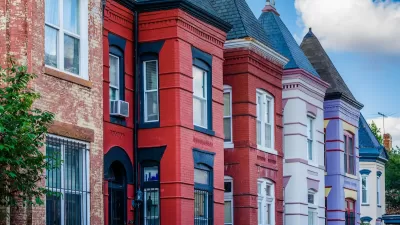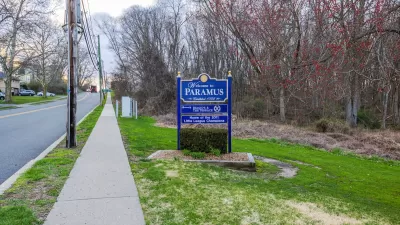Northeast Ohio is the last remaining bastion of housing affordability, according to an analysis from the National Association of Realtors.

Before the Covid-19 pandemic, 20 U.S. states were considered affordable home-buying markets for most households. Today, just two metro areas remain ‘affordable’ by that definition issued by the National Association of Realtors — and no entire states fit the bill. “Since the pandemic, two states, Montana and Idaho, have surpassed California as the most unaffordable states for local homebuyers, according to the analysis. Hawaii and Oregon round out the list of the five least affordable states.”
One of those regions is northeast Ohio, explains Tim Henderson in Stateline. “Youngstown is one of the last two metro areas in the country where a household with nearly any income should be able to find a single-family home they can afford to buy, according to an analysis of April data by the National Association of Realtors.”
According to the analysis, the Los Angeles metropolitan area, where the median single-family home price has surpassed $1 million, was the least affordable, while Youngstown and Akron rated as the most affordable. Montana and Idaho are the least affordable states, with housing prices exploding in both as remote workers flock to the region.
“Home prices have increased by 47% nationwide just since 2020, according to a June report by the Harvard Joint Center for Housing Studies. A major factor is that there aren’t many homes for sale.” Around the country, cities and states are looking to zoning reform as one avenue for boosting the housing supply to meet demand and promote denser development that could drive down the cost of housing.
FULL STORY: The nation’s last refuge for affordable homes is in Northeast Ohio

Planetizen Federal Action Tracker
A weekly monitor of how Trump’s orders and actions are impacting planners and planning in America.

Chicago’s Ghost Rails
Just beneath the surface of the modern city lie the remnants of its expansive early 20th-century streetcar system.

San Antonio and Austin are Fusing Into one Massive Megaregion
The region spanning the two central Texas cities is growing fast, posing challenges for local infrastructure and water supplies.

Since Zion's Shuttles Went Electric “The Smog is Gone”
Visitors to Zion National Park can enjoy the canyon via the nation’s first fully electric park shuttle system.

Trump Distributing DOT Safety Funds at 1/10 Rate of Biden
Funds for Safe Streets and other transportation safety and equity programs are being held up by administrative reviews and conflicts with the Trump administration’s priorities.

German Cities Subsidize Taxis for Women Amid Wave of Violence
Free or low-cost taxi rides can help women navigate cities more safely, but critics say the programs don't address the root causes of violence against women.
Urban Design for Planners 1: Software Tools
This six-course series explores essential urban design concepts using open source software and equips planners with the tools they need to participate fully in the urban design process.
Planning for Universal Design
Learn the tools for implementing Universal Design in planning regulations.
planning NEXT
Appalachian Highlands Housing Partners
Mpact (founded as Rail~Volution)
City of Camden Redevelopment Agency
City of Astoria
City of Portland
City of Laramie





























